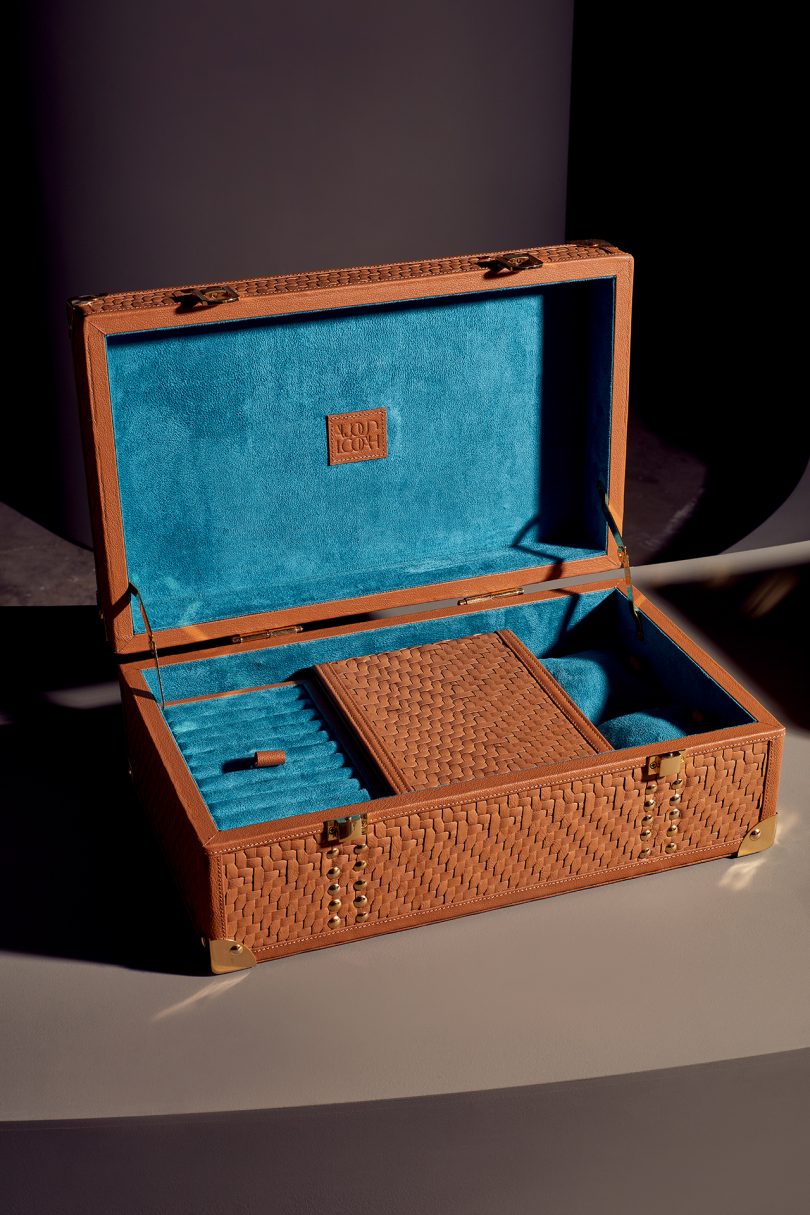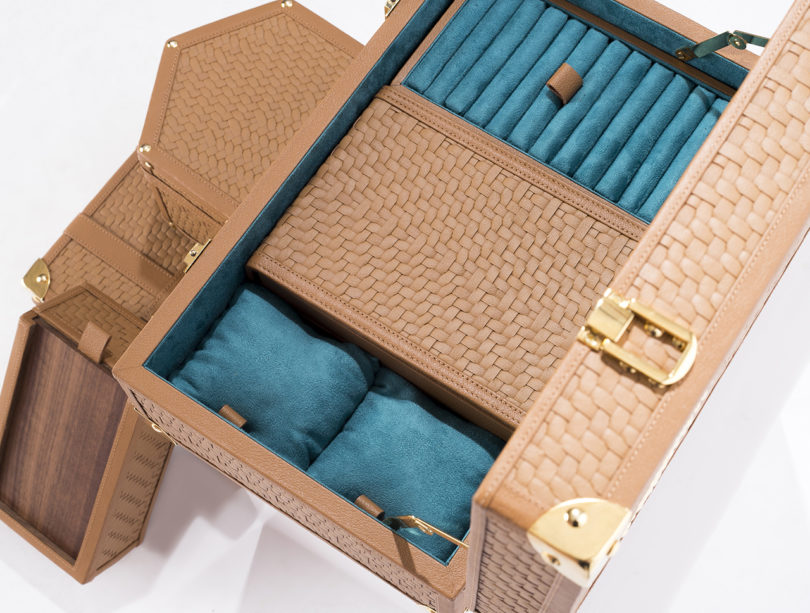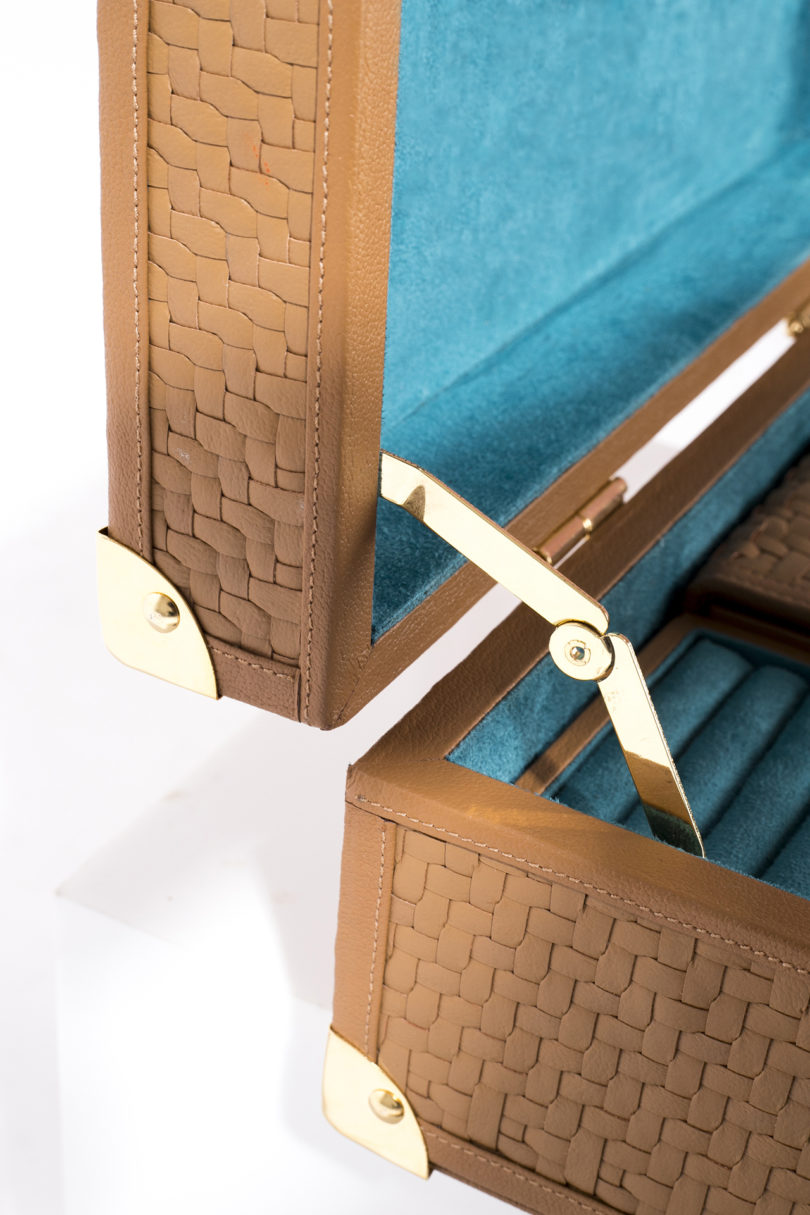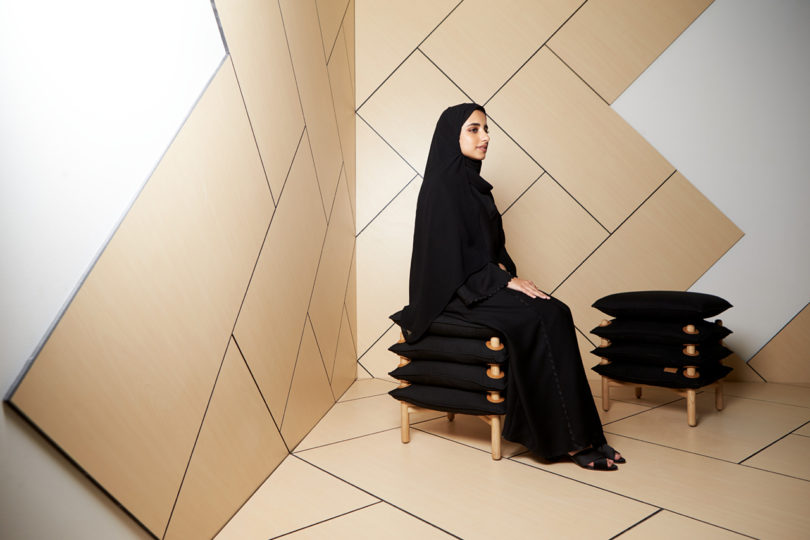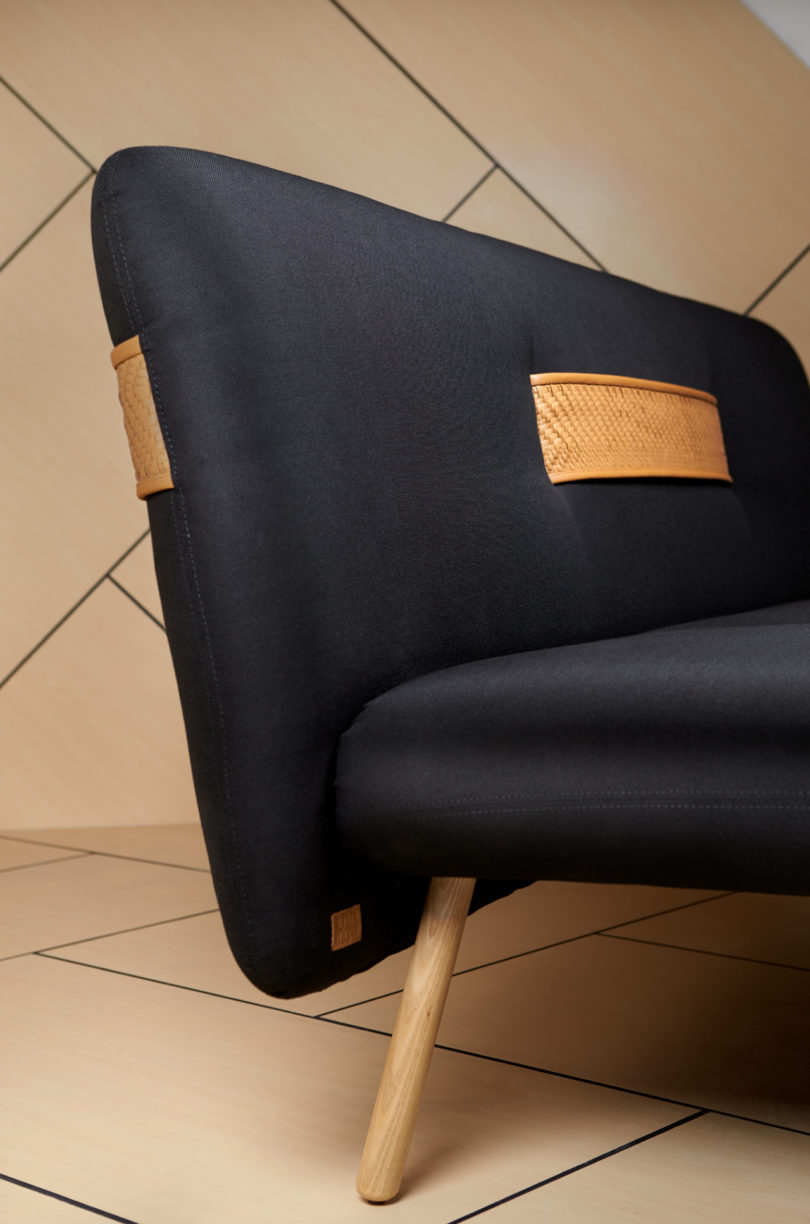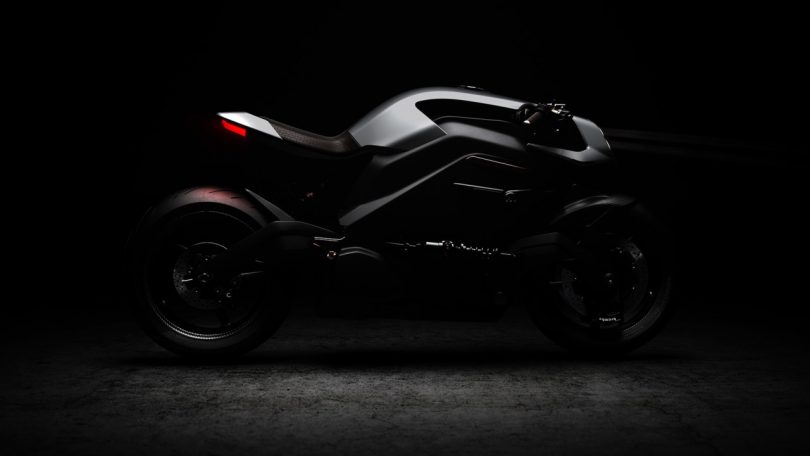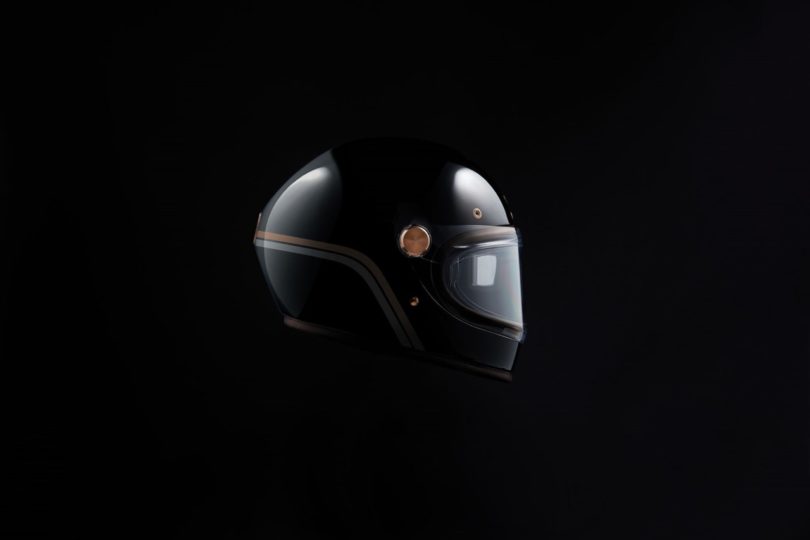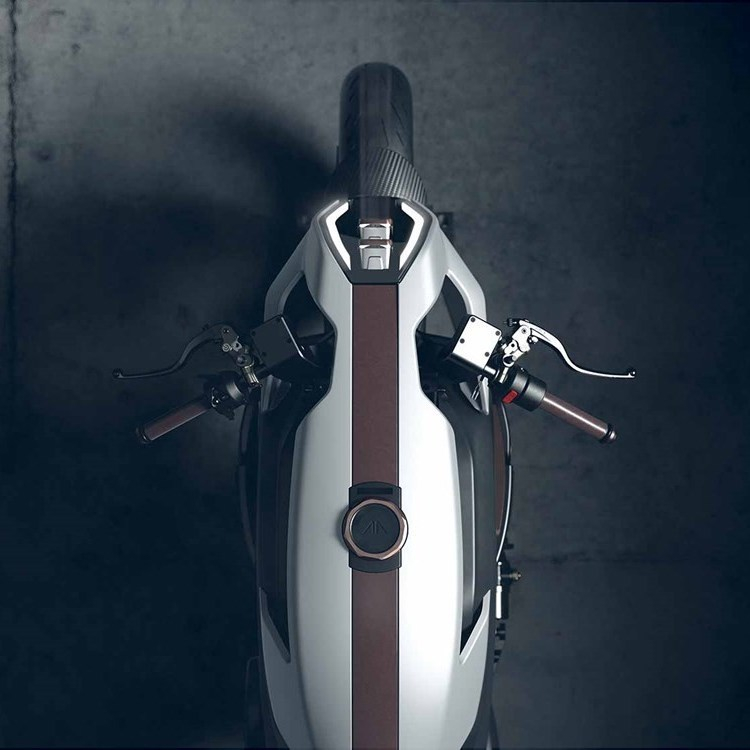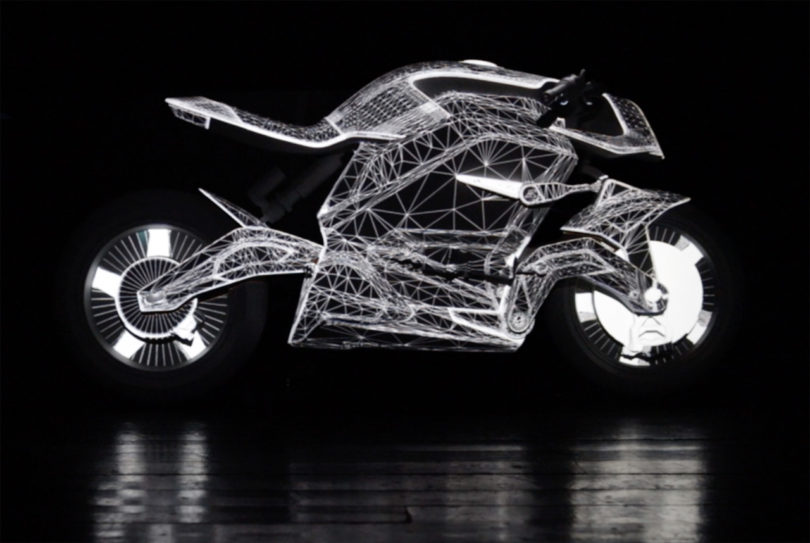In Dubai, the Burj Khalifa and Palm Jumeirah have become the architectural icons of the city’s strive to become a modern, business metropolis. Sure, one may sit on a balcony of a high-end dessert restaurant overlooking the Dubai Fountain show—the world’s largest choreographed fountain system— and leave with the notion that the city’s design culture is focused on grand spectacle. But every year, outside downtown Dubai, in the Dubai Design District, the city also hosts the largest annual exhibition of student designs in the world. It’s not the Dubai you may have first associated with: the old, ancient crafts, souks and spices, or glassy exteriors and metal frames that house corporations. These products on show are modest, crafted by students, and more often than not are created to solve a social problem. This is Dubai Design Week’s Global Grad Show.

Students outside the Dubai Global Grad Show exhibition hall in the Dubai Design District. Photo by Keshia Badalge.
The Global Grad Show is touted as “an expo of life changing inventions from the world’s largest design and technology schools.” Students come from 40 countries, and represent schools from all over the world such as Harvard, MIT, Pratt, RCA, the National University of Singapore, Keio University and the University of Tehran. Outside, students spin on Thomas Heatherwick designed chairs. Dubai’s unique approach to visas has made it the top choice for this expo, says Brendan McGetrick, curator of the show. “Whether you’re a student from Turkey, Pakistan, India, it’s not difficult to get a visa to come here to present your work. This can’t be said about many other cities in the world.”
The products range from fashion to home furniture, from technology to help you keep track of loved ones to inventions to deter you from using too much technology (be it through online spending or curbing your internet use.)
Here at Design Milk, we’ve hand picked some of the best home and lifestyle items you should look out for.
MOWO by Lisa Stolz is a collection of furniture made out of birch plywood, designed to inspire a more active approach to sitting. The flexibility and innate spring reactions of the plywood to body weight supports the user’s natural balance and fulfill’s the body’s need for motion. Because the furniture can be formed into multiple shapes, this gives the user a variety of postures to assume while seated. (No more stiff backs!)
A family of stools offers several fun, casual postures to engage your body’s muscles, whereas a woven plywood structure adapts to each body’s body’s weight and form and reshapes itself when in use.
Even though each piece has the feel of bespoke furniture, MOWO is designed for mass production.
Flip by Jukka Jokinen is a minimalist scooter without unnecessary handles, displays or brakes, and it folds down flat. You wouldn’t think upon looking at it, but it is in fact an electric scooter. The battery and electrical control unit are housed within the scooter’s pipe structure, which gives the scooter an overall clean, simple silhouette.
This is Grown by Jen Keane is a sneaker partly grown from bacteria. The project utilizes a biological approach to material design and is based on manipulating the growth of k. rhaeticus bacteria so that it forms a new kind of ‘microbial weave’ in the process. The natural properties of bacterial cellulose form a hybrid material that is strong and lightweight. Furthermore, complex patterns and products can be designed with this weave and shaped in many ways with little or no wastage of materials.
Tiny Home Bed by Yesul Jang was designed for those of us who live in small spaces and want our furniture and storage unit to be minimal, easy to assemble, and maybe even combine as one coherent piece. While pull out shelves under the bed can take up space or be rendered completely useless if you’re placing your bed against the wall, these fabrics covering the storage cavity allow you to reach for your belongings from multiple access points.
Alice Bleton’s Monade Capsule offers a modular extension of a living space in the form of a transparent rooftop pod. The pod is to be mounted on the edges of roofs, and offers a quiet solitary breathing space to reconnect with ourselves. She was inspired by mountain refuges, except that the idea is this can be put on any ledge, in any city.
From the projects on show, it’s easy to believe why McGetrick chose to showcase student projects. Unlike working designers who have to take care of the financial realities of production and marketing, and who have to earn money from their designs, McGetrick feels students are more free to dream up inventions: that’s how we get products like a capsule pod or a bacteria-grown shoe. It may take a while for them to get on the market, but as a student, ideas are currency. And this exhibition banks on it.
from Design MilkDesign Milk https://design-milk.com/home-design-lifestyle-highlights-dubai-design-weeks-global-grad-show-2018/
from Home Improvment http://notelocreesnitu.tumblr.com/post/181201249684










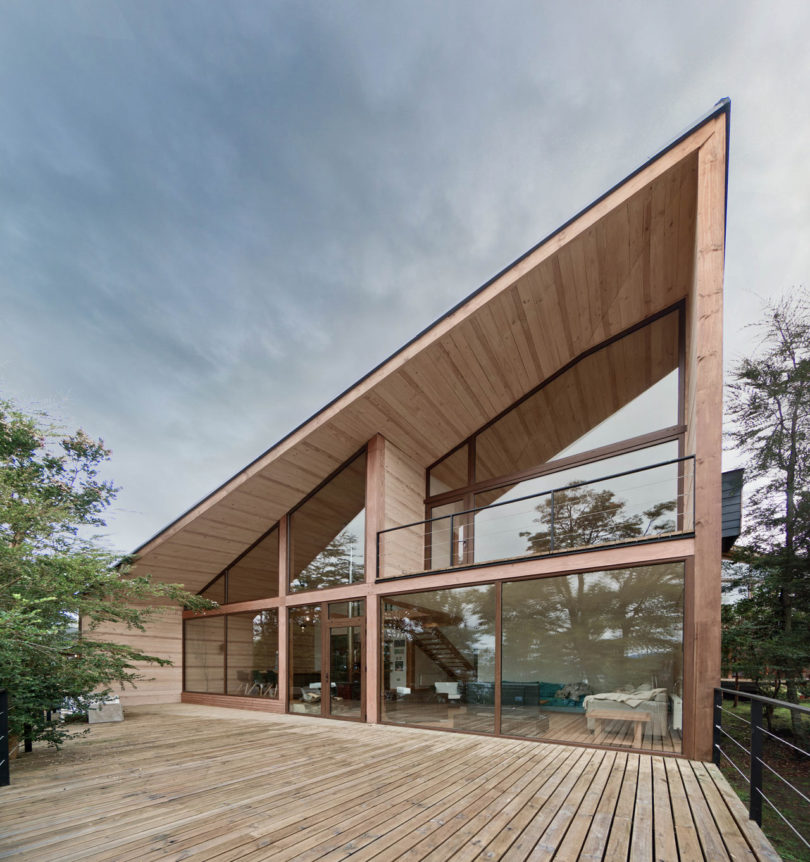
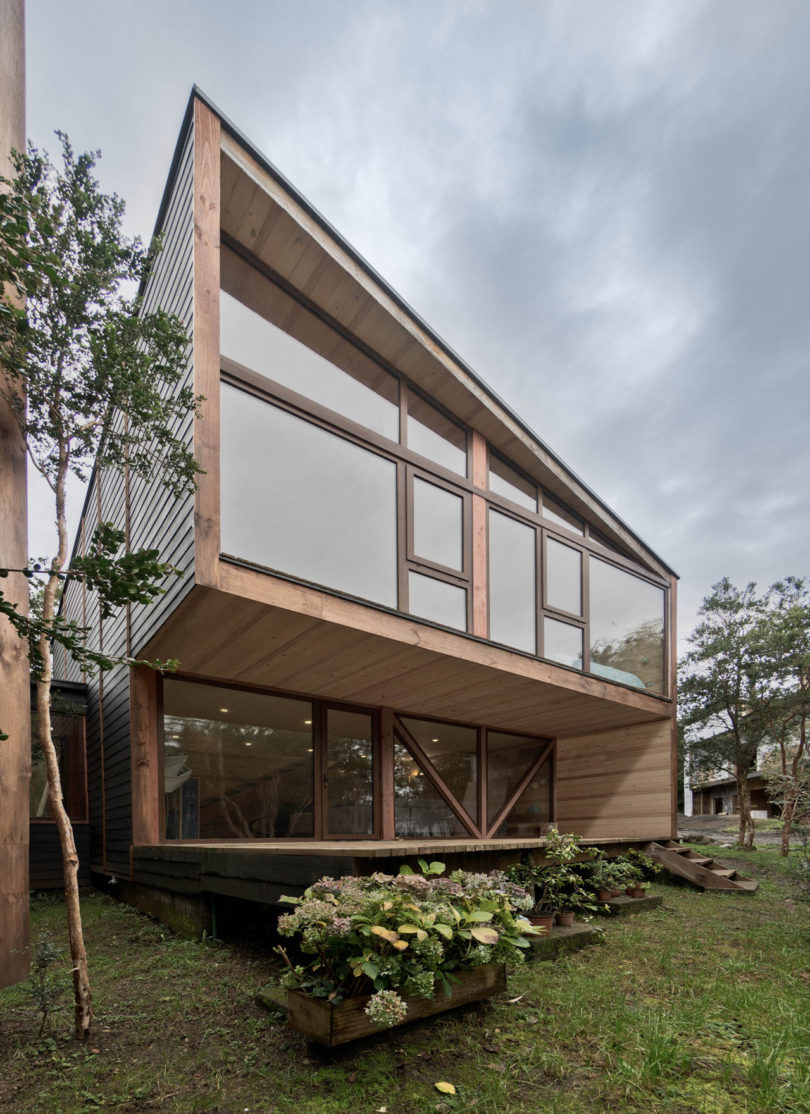

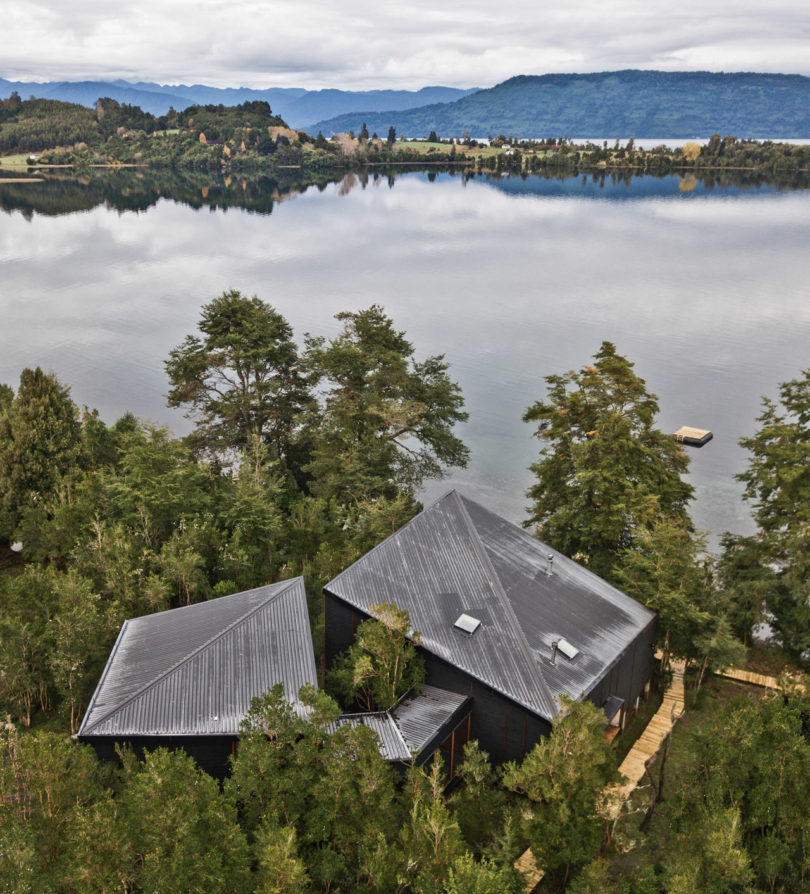












 Today our tour of global design brings us to Germany. For some Germans you’ll hear from below, the practical side of decorating reigns supreme, meaning function comes before form. Instead of being carefree with design choices, these creative individuals tediously think through how a space should be used and what will work best within it. Furthermore, every piece they pick must reliably fulfill its purpose and then some. All in all, homes in this style are very considered.
Today our tour of global design brings us to Germany. For some Germans you’ll hear from below, the practical side of decorating reigns supreme, meaning function comes before form. Instead of being carefree with design choices, these creative individuals tediously think through how a space should be used and what will work best within it. Furthermore, every piece they pick must reliably fulfill its purpose and then some. All in all, homes in this style are very considered.